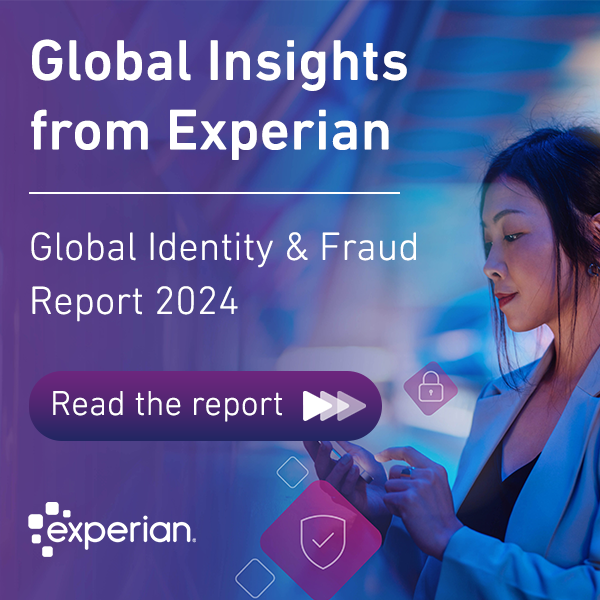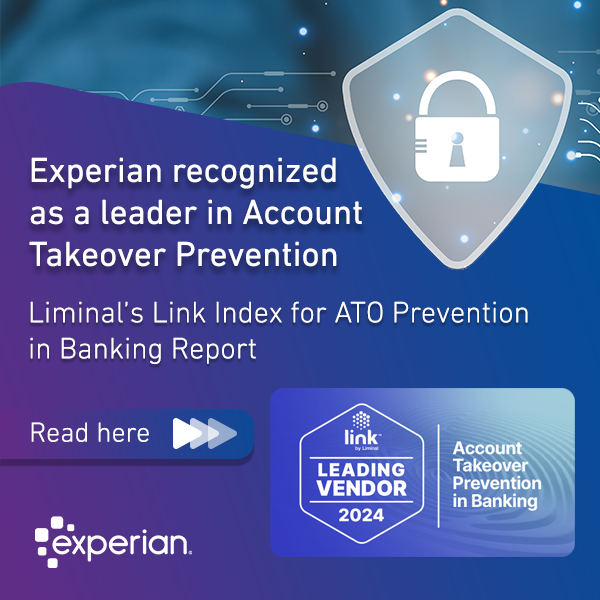 It’s not a surprise that we have seen an increase in digital activity during the pandemic. Lockdowns, store closures, various restrictions, and social distancing measures have led more people to the digital channel. In the months to come, it’s likely we’ll see more consumers adopt the digital channels as the world is going through a second wave of the COVID-19 pandemic. Many people have realized how convenient, safe, and fast it is to conduct their activities online. Our recent global research study shows some key numbers on how consumer behavior has changed over the past several months and what the expectations are for the months to come:
It’s not a surprise that we have seen an increase in digital activity during the pandemic. Lockdowns, store closures, various restrictions, and social distancing measures have led more people to the digital channel. In the months to come, it’s likely we’ll see more consumers adopt the digital channels as the world is going through a second wave of the COVID-19 pandemic. Many people have realized how convenient, safe, and fast it is to conduct their activities online. Our recent global research study shows some key numbers on how consumer behavior has changed over the past several months and what the expectations are for the months to come:
- Consumers are currently being driven more to use online activities, with 61% stating that they are ordering food or shopping for groceries online
- 36% of consumers conduct their personal banking activities online
- 34% purchase clothing, electronics, or beauty and wellness products online
- More than 2-in-5 consumers anticipate increased spending on items purchased online; both in the next 3-6 months (46%) and longer-term (45%)
An increase in digital activity creates more opportunities for fraudsters
The digital channel is here to stay, and more and more customers will be opening new accounts online as a result. This, however, creates some challenges for the institutions trying to onboard new customers as it also gives criminals many opportunities to legally enroll with an organization. The increased online activity raises the likelihood that fraudsters will be able to hide better inside genuine traffic. At the same time, it also presents them with a great chance to take advantage of synthetic identities that have been carefully put together over a long period of time and are harder to spot now that more activities are handled online. Furthermore, fraudsters are engaging in human farming attacks with the intent of impersonating their victims better and navigating through security measures that are set up to detect bots and automated attacks. This means that businesses need to make sure that they know who they are engaging with online: their customer or a fraudster.
Pay close attention to how you handle consumer onboarding and customer authentication
Identity verification is one key area that should be carefully considered by institutions and merchants. For a long time, it’s been perceived as a process that adds unnecessary friction and might drive customers away. However, new tools and capabilities have been introduced recently that make it a much smoother process. It not only reduces friction but it speeds up the onboarding of new customers through extracting data from identity documents and pre-filling registration forms. What might be even more exciting is that it can be combined with passive methodologies such as behavioral biometrics and device intelligence. Behavioral biometrics can help distinguish between normal and fraudulent activity at the sign-up stage, while device intelligence can be used to screen new customers for multiple fraud indicators.
On top of that, businesses also need to continuously authenticate customers, in order to make sure that the person behind the screen is the same one that registered with them in the first place. Consumers will expect that any such interaction will be smooth and fast without unnecessary friction added to their online experience, such as re-entering the same personal information again and again.
- Nearly 30% of global consumers are only willing to wait up to 30 seconds before abandoning an online transaction and only 35% are willing to wait more than 1 minute, especially when accessing their bank accounts.
- More than half of consumers will abandon their basket if they are made to wait in the excess of 1 minute for online groceries
- 62% of consumers say biometrics enhances their experience and improves their opinion of a business
Orchestration platforms could solve multiple problems
So, on one side are criminals, who are always looking for system or process vulnerabilities and will not hesitate to exploit them, while on the other side consumers will be looking for a smooth online experience without any interruptions. This all means that account opening and continuous authentication (or re-authentication) should be looked at very seriously. 57% of businesses expect to increase their fraud management budgets in the next 6 months – this is highest in India (76%) followed by the U.S. (69%) – and supporting or upgrading their onboarding and screening capabilities is necessary. It’s likely, though, that organizations won’t be able to solve these problems with a single solution which is why orchestration platforms are becoming so popular and valuable. These platforms offer multiple verification capabilities at the account opening stage as well as continuous authentication using device intelligence and behavioral biometrics, which is further enriched by a layer of advanced analytics, e.g. machine learning. So, while more than 30% of businesses are focused exclusively on activities to generate revenue (over fraud detection), we encourage prioritizing both during the pandemic so acquiring new, authentic customers online will lead to greater trust and lifetime value




